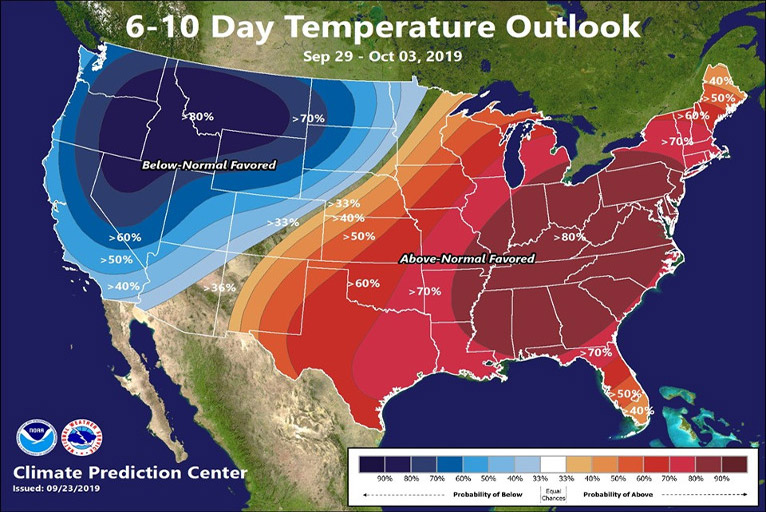
In the morning, temperatures will start off in the low 40s. South Bay and Santa Cruz: Across the Santa Clara Valley, skies will be mostly cloudy with a chance of showers. Afternoon temperatures aross the East Bay will reach the mid-50s. Skies will be mainly cloudy with light east winds. Oakland, San Leandro, San Pablo and Fremont will start off in the mid-40s. In Sonoma County, Sonoma, Santa Rosa and Rohnert Park will also top out in the low 50s while Marin County cities - Mill Valley and San Rafael - will reach the low to mid-50s.Įast Bay: Inland cities and towns, includingWalnut Creek and Dublin, will start off chilly with temperatures in the low 40s. In Napa County, American Canyon, Napa and towns along the Silverado Trail will reach the low 50s. In Solano County, Fairfield, Vallejo and Benicia will reach the low 50s.
#Big weather maps plus#
Updated to include drought zones while tracking water shortage status of your area, plus reservoir levels and a list of restrictions for the Bay Area’s largest water districts. By afternoon, highs will reach the low to mid-50s across the North Bay. A slight chance of showers are possible across the region, and skies will be cloudy. Along Highway 37 from Bel Marin Keys to Vallejo, temperatures will start off in the low 40s.

North Bay: The Napa Valley and the stretch along Highway 1 from Cloverdale to Petaluma will start off in the upper 30s. Jenner and Stewarts Point will reach the low 50s by the afternoon.

Along the Sonoma County coastline, the beaches will also start off around 40-degrees. By afternoon, temperatures will reach the low 50s. Tomales Bay and Bodega Bay will be colder with morning temperatures in the low 40s. Afternoon temperatures will reach the mid-50s. The area from Black Sands Beach to Muir Beach will start off in the mid-40s.

The North Bay coast may have showers, mainly during the afternoon. Along Highway 1 from Pedro Valley to San Gregorio, temperatures will start off in the low 40s and reach the low to mid-50s by afternoon. Areas west of Interstate 280, including Pacifica and parts of Daly City, will reach the low to mid-50s. South San Francisco, Burlingame, Foster City and Menlo Park will reach the mid-50s. There’s an isolated chance of showers throughout the day. Pacific Coast and Peninsula: The Peninsula will start the day off in the mid-40s with cloudy skies. Showers are possible overnight Tuesday into Wednesday morning. Temperatures will reach the low 50s in the Lakeshore, Sunset District, Outer Richmond, Marina District, Embarcadero and Hunter’s Point. San Francisco: Dry and mainly cloudy with morning temperatures in the mid-40s and afternoon temperatures in the mid-50s. Projected rainfall through Friday afternoon. Hills in the East Bay, South Bay and North Bay could pick up 3 to 6 inches of rainfall. Between 2 to 4 inches of rainfall is possible for San Francisco, Oakland and San Jose. The Santa Cruz Mountains and Mount Tamalpais will see the highest amount of rainfall - between 6 to 10 inches. Soaked soil will cause quick runoff into streams and creeks, many of which already overflowed during the New Year’s Eve storm.Īs this new storm moves in a southeast to northeast direction, west and southwest facing mountain ranges will pick up the most rainfall.

Roads in low lying areas will be quick to flood. The heaviest rainfall will occur Wednesday evening into Thursday morning. The ground is saturated from last weekend’s New Year’s Eve storm, so flooding potential is a great concern. There’s a flood watch for the Bay Area starting late Tuesday night through Thursday afternoon. The storm will bring moderate to heavy rainfall. The gustiest winds will occur Wednesday afternoon through around midnight. Strong winds will begin Wednesday morning during commute hours, lasting until Thursday afternoon. What does this storm mean for the Bay Area?Īs the powerful storm moves in Wednesday, with lingering showers on Friday, a main hazard will be strong wind gusts of up to 50 mph - enough to topple weak trees and damage power lines or buildings. This low will aid in the transport of a band of saturated moisture - an atmospheric river. The American weather model, GFS (Global Forecast System), shows a system with the potential makings to become a “ bombogenesis cyclone” - a low pressure system that quickly strengthens due to a sudden drop in pressure. The next powerful storm is strengthening in the Pacific Ocean.


 0 kommentar(er)
0 kommentar(er)
